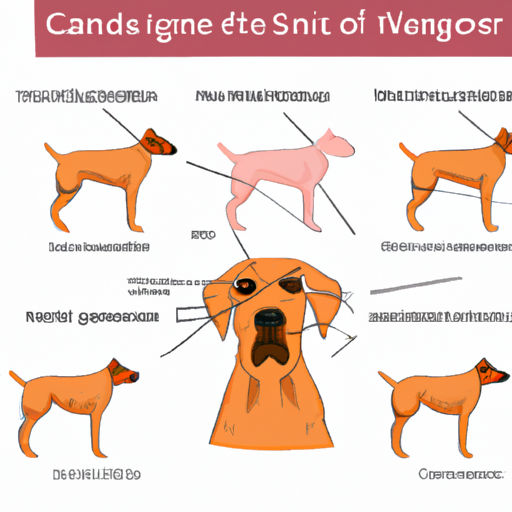Understanding Canine Skin Cancer
Canine skin cancer is a topic that tends to be overlooked, yet it’s crucial for you as a caregiver, to know the signs and symptoms. Your beloved furry friend might not be able to communicate their discomfort, but their body can show signs. Skin cancer can manifest in various ways. It might appear as a mere change in your dog’s skin color, an abnormal lump, or persistent sores that don’t seem to heal. As a caregiver, it’s your responsibility to become familiar with these signs in order to protect your beloved pet.
Identifying Signs of Skin Cancer in Dogs
Identifying skin cancer in dogs can be challenging. There are numerous skin conditions that might mimic the symptoms of skin cancer. However, understanding the following signs can help you identify potential skin cancer:
- Abnormal Swellings or Lumps: These can appear anywhere on the body and change in size.
- Sores that Don’t Heal: If your dog has wounds or sores that do not seem to heal, this could be a sign.
- Weight Loss: If your dog is losing weight without any changes in diet or exercise, it’s a sign you should consult your vet.
- Loss of Appetite: Dogs with cancer often lose their appetite and show less interest in food.
- Difficulty Breathing or Swallowing: These symptoms can indicate advanced stages of certain types of skin cancer.
These signs are not definitive proof of cancer, but they are cause for concern and should prompt a visit to the vet.
Types of Canine Skin Cancer
There are a few types of skin cancer that dogs can be susceptible to. These include, but are not limited to:
- Melanoma
- Squamous Cell Carcinoma
- Mast Cell Tumors
| Type of Skin Cancer | Description |
|---|---|
| Melanoma | This type of cancer often presents as small, dark lumps on your dog’s skin. |
| Squamous Cell Carcinoma | These often appear as hard, crusty sores that refuse to heal. |
| Mast Cell Tumors | These tumors can vary in appearance, often looking like anything from small, hairless bumps to large, ulcerated sores. |
Prevention and Treatment of Canine Skin Cancer
While the presence of skin cancer can be alarming, early detection and treatment can lead to a better prognosis for your dog. Prevention is key, and this can include:
- Regular vet check-ups: Early detection is crucial for successful treatment.
- Sun protection: Dogs with thin coats or light skin are more susceptible to sun damage, which can lead to skin cancer.
- Healthy diet: A balanced diet can help maintain your dog’s overall health and boost their immune system.
- Regular exercise: Keeping your dog active can help keep them healthy and improve their quality of life.
FAQ About Canine Skin Cancer
Q: Can dogs get skin cancer from sun exposure?
A: Yes, dogs, especially those with thin or light-colored coats, can be susceptible to skin damage from the sun, which can lead to skin cancer.
Q: Are certain breeds more prone to skin cancer?
A: Yes, some breeds such as Boxers, Poodles, and Schnauzers have a higher risk of developing certain types of skin cancer.
Q: What should I do if I notice signs of skin cancer on my dog?
A: If you notice any signs, it’s important to consult your vet as soon as possible for a diagnosis and treatment plan.
Remember, your role as a caregiver is vital to your pet’s health. Being aware of the signs, symptoms, and types of skin cancer can help ensure your dog leads a long, healthy life.



